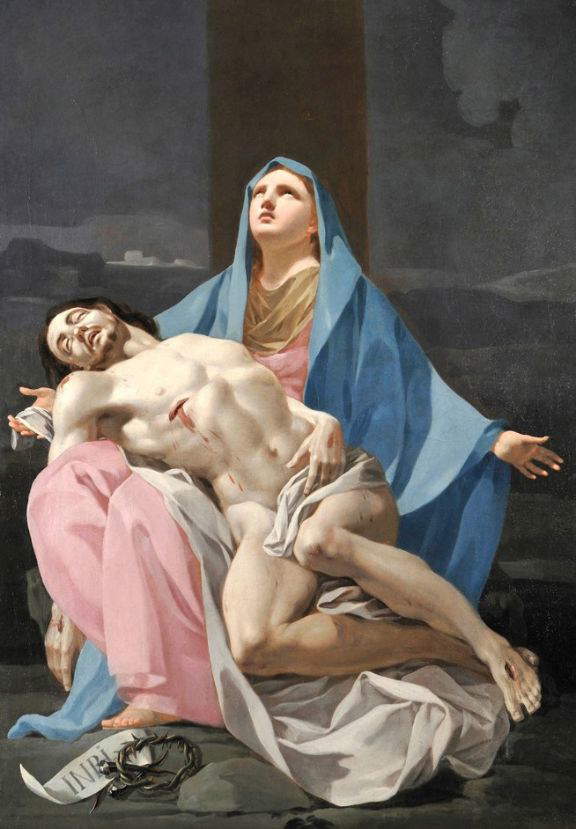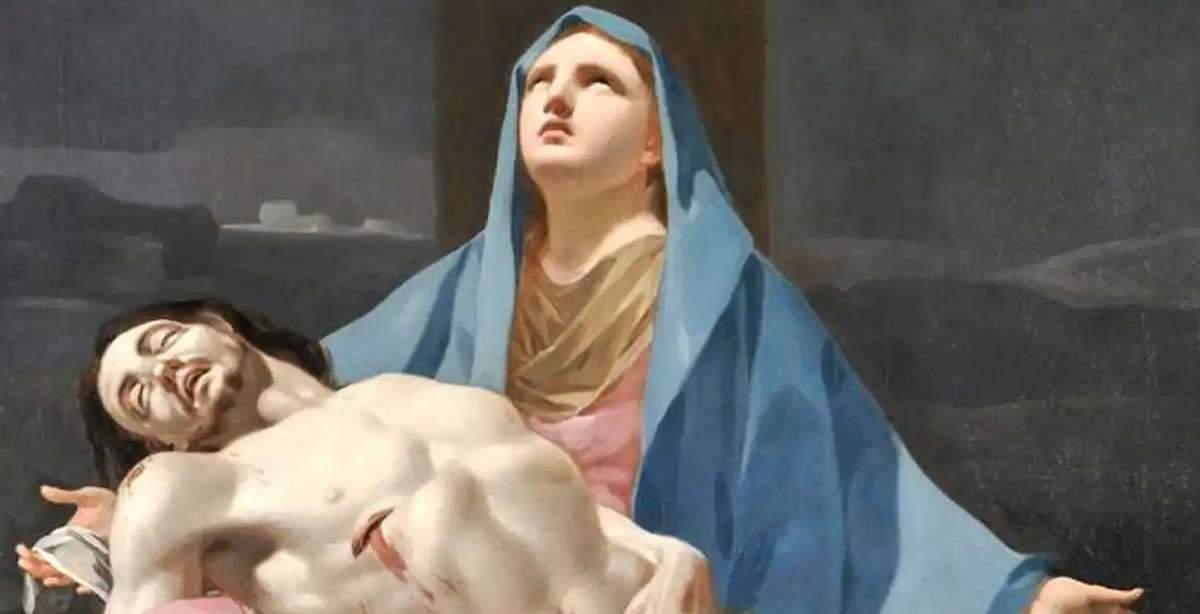Spain buys a rare youthful Pieta by Goya for 1.5 million euros
An important and rare work by Francisco Goya (Fuendetodos, 1746 - Bordeaux, 1828), the Pieta, an early painting by the Spanish artist, has been purchased by Spain’s Ministry of Culture for the sum of 1.5 million euros: it will be destined for the National Museum of Romanticism.
The painting, unpublished until recently, provides a better understanding of the artist’s religious painting. It measures 83.5 x 58 centimeters and retains the original fabric and frame. The work has been dated between 1772 and 1774, so it is relevant evidence about the sources of inspiration the Aragonese artist gathered from his trip to Italy, where he was able to see Michelangelo’s Pieta, Annibale Carracci’s Pieta, and other works on the same theme by Carlo Maratta and Corrado Giaquinto. After his return to Zaragoza in 1771, Goya worked in the Basilica del Pilar and the Charterhouse Aula Dei, in a style comparable to that of the Pieta acquired from Spain.
The Pieta may have been commissioned by some cleric or patron of the Zaragozan bourgeoisie for private devotional purposes. In the last decade the canvas has been the subject of several export requests, although these have been rejected because it is a work of great rarity, representative of the first period of the author’s production and because it constitutes one of the few examples of his religious work, thus helping to define the figure of the artist in its context.
Until now, the National Museum of Romanticism owned only one work by Goya, St. Gregory the Great, a monumental work that has belonged to the museum since its founding.

 |
| Spain buys a rare youthful Pieta by Goya for 1.5 million euros |
Warning: the translation into English of the original Italian article was created using automatic tools. We undertake to review all articles, but we do not guarantee the total absence of inaccuracies in the translation due to the program. You can find the original by clicking on the ITA button. If you find any mistake,please contact us.




























